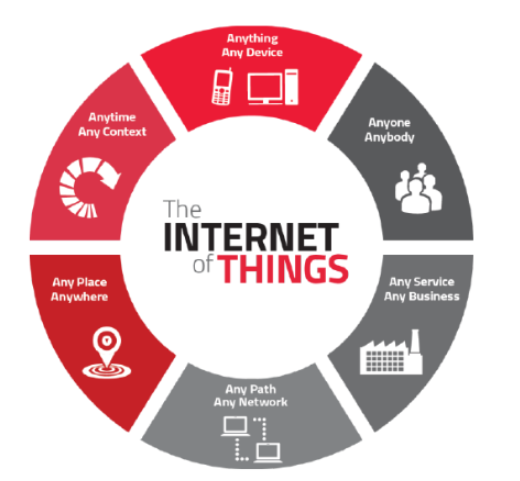The industrial Internet of Things (IIoT) spending in the discrete manufacturing sector in Asia-Pacific is likely to reach $89 billion by 2025, according to a new report.
Discrete manufacturing is the production of distinct items like automobiles, furniture, toys, smartphones and aeroplanes, among others.
According to an IDC report, manufacturing is the most common target of infrastructure cybercrime today, accounting for one-third of all assaults.

Additionally, the level of competitiveness is rising and so do the expectations of the client which demands improved personalisation, rapid information, and better assistance before making a purchase.
"Most traditional manufacturing plants were not built with cybersecurity in mind. With the advancement of hacking technology, every point of connection increases the danger of cyberattacks and cybercrime, which can result in interference, remote access, intellectual property theft, and data loss or change," said Piyush Singh, senior market analyst for IoT Insights, IDC Asia/Pacific.
Discrete manufacturers all over the world are actively investigating how to leverage the Internet of Things (IoT) to link their supply chains, equipment, and products better.
China Placing Large Bet
Manufacturers can profit greatly from retrofitting smart sensors to old equipment because of the insights they can obtain about their equipment, said the report.
In Asia/Pacific excluding Japan (APEJ), close to one-third of all IoT spending in 2020 (hardware, software, services, and connectivity combined) was for the manufacturing industry.
"Retrofitting machinery with IoT capabilities is a cost-effective solution to update outdated pieces of equipment, especially when compared with totally replacing them," said Singh.
China is placing a large bet on the Industrial Internet of Things to boost production and efficiency by simplifying and automating manufacturing processes over the Internet, the report mentioned.









